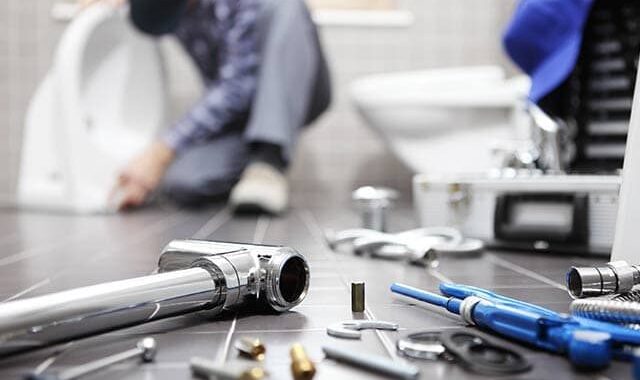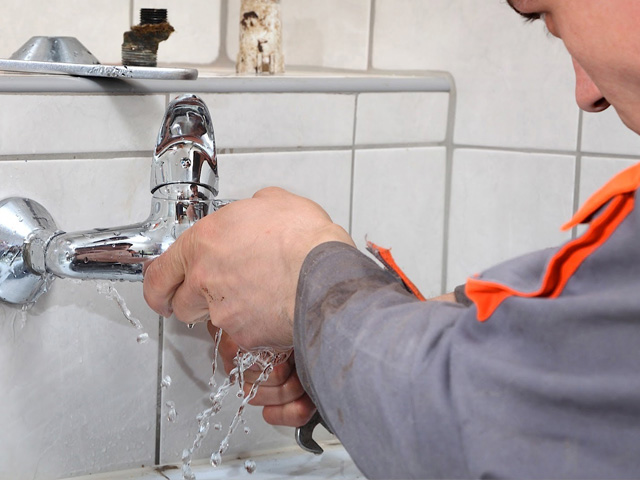The Dangers of DIY Plumbing

The Dangers of DIY Plumbing
In today’s DIY culture, many homeowners are taking on plumbing projects that they might once have left to the professionals. While this can save money and be rewarding, the risks associated with DIY plumbing can lead to costly mistakes, extensive damage, and even health hazards. Understanding these dangers and the common pitfalls can help you make informed decisions about when to tackle a plumbing project yourself and when to call in a professional.
The Allure of DIY Plumbing
Before diving into the potential dangers, it’s important to recognize why many choose the DIY route. Home improvement shows, online tutorials, and social media have created an abundance of accessible information. For many homeowners, there’s a sense of pride in fixing something themselves, not to mention the potential for significant savings on labor costs.
However, while many minor plumbing tasks might seem straightforward, they can quickly escalate into serious problems if not handled correctly. Below are some common mistakes to avoid, along with the dangers associated with them.
1. Underestimating the Complexity of Plumbing Systems
One of the most significant dangers of DIY plumbing is underestimating the complexity of plumbing systems. Many homeowners mistakenly believe that plumbing is just a matter of connecting pipes and fixtures, but there are several intricate elements involved, including:
- Water Pressure: Understanding how water pressure works is essential. Too much pressure can cause pipes to burst, while too little can lead to inadequate water flow.
- Drainage: Knowing how drainage systems function is crucial for avoiding clogs and backups.
- Local Codes and Regulations: Many areas have specific plumbing codes that must be followed to ensure safety and legality. Failing to adhere to these can result in fines or additional repairs down the line.
Ignoring these complexities can lead to serious problems, such as leaks, water damage, and structural issues. Always do thorough research before starting any plumbing project to fully understand what you’re getting into.
2. Failing to Turn Off the Water Supply
It may seem obvious, but one of the most common mistakes DIY plumbers make is forgetting to turn off the water supply before starting a project. This oversight can lead to:
- Flooding: If you cut into a pipe without shutting off the water, you could create a flood in your home, causing significant damage and necessitating costly repairs.
- Injury: Water gushing from a cut pipe can also pose a safety hazard, potentially leading to slips and falls.
Always take the time to locate and turn off the main water supply before beginning any plumbing work.
3. Using the Wrong Tools and Materials
Plumbing requires specific tools and materials designed for particular tasks. Using the wrong items can lead to disastrous results. For instance:
- Improper Pipe Fittings: Using the wrong size or type of fittings can cause leaks and structural failures. For example, mixing PVC and ABS pipes can lead to joint failures because the bonding methods are different.
- Low-Quality Materials: Choosing inexpensive materials to save money can backfire. Cheap pipes or fixtures may not withstand pressure or temperature changes, leading to leaks or breaks.
Investing in the right tools and materials, even if they come at a higher initial cost, can save you time and money in the long run.
4. Ignoring Signs of Underlying Issues
Homeowners often address only the symptoms of a plumbing problem without considering the underlying causes. For example, a slow-draining sink might simply be a symptom of a larger issue, such as a clogged main drain or tree roots infiltrating your pipes.
Ignoring these signs can lead to:
- Worsening Problems: If the root cause of a plumbing issue is not addressed, it can exacerbate over time, leading to larger, more expensive repairs.
- Health Hazards: Undetected leaks or sewage backups can create health risks due to mold growth or exposure to bacteria.
If you notice recurring issues or suspect there’s more to a plumbing problem than meets the eye, it’s wise to consult a professional before attempting a DIY fix.
5. Overlooking Ventilation and Airflow
Proper ventilation is crucial in plumbing systems. Failing to account for this can lead to:
- Siphoning: Without proper vents, wastewater can siphon out of traps, allowing harmful sewer gases to enter your home.
- Poor Drainage: Venting issues can also cause slow drains and backups, making your plumbing system less efficient.
Before making any significant changes to your plumbing system, ensure that your venting is adequate and functioning properly.
6. Skipping the Necessary Permits
Many homeowners are unaware that certain plumbing projects require permits. Skipping this step can result in serious repercussions, such as:
- Fines: Local authorities may impose fines for unpermitted work.
- Future Sale Complications: If you plan to sell your home, unpermitted work can become a red flag for potential buyers and may even jeopardize the sale.
Always check local regulations and secure the necessary permits before embarking on any major plumbing project.

7. Overconfidence Leading to Major Errors
While a little confidence can be a good thing, overconfidence can lead to significant errors. Many homeowners assume they can handle complex plumbing issues based on a few online tutorials. This attitude can result in:
- Expensive Repairs: Attempting to fix a major plumbing problem without adequate experience can lead to mistakes that necessitate professional intervention.
- Increased Damage: Sometimes, trying to fix something can make it worse. For example, attempting to unclog a drain without the right tools can push debris further down the pipe, resulting in a bigger blockage.
Recognizing your limits is crucial. If a project seems beyond your skill level, don’t hesitate to call a professional.
Conclusion
While DIY plumbing can be rewarding and save money, the risks associated with it are significant. From underestimating the complexity of plumbing systems to failing to turn off the water supply, there are many common pitfalls that can lead to costly mistakes and hazardous situations. By understanding these dangers and taking the necessary precautions, you can protect your home and ensure your plumbing projects are successful.
When in doubt, don’t hesitate to seek help from a licensed plumber. Their expertise can save you time, money, and a lot of stress in the long run. If you are interested in learning more about the dangers of DIY plumbing, check out hi-techplumbingandair.com/service-areas/lake-worth/ for more info.
